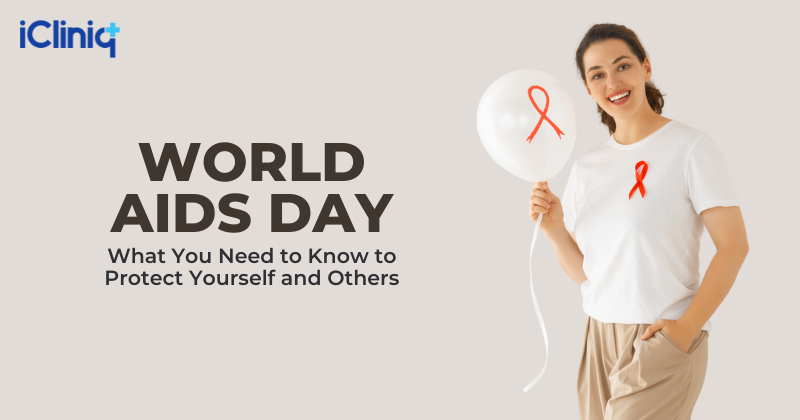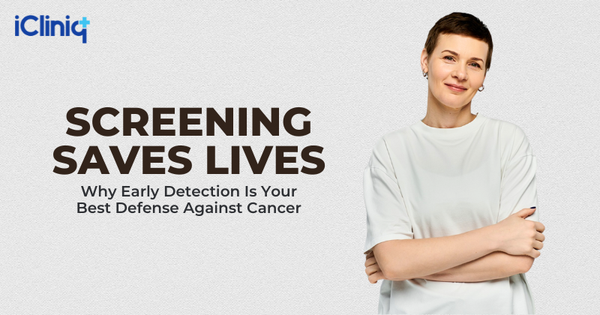World AIDS Day: What You Need to Know to Protect Yourself and Others

Why World AIDS Day Matters
World AIDS Day, observed on December 1, is more than a date on the calendar; it is a tribute to the people, stories, and courage behind the global fight against HIV. It is a moment to stand with those living with HIV, honor those we have lost, and acknowledge how far we've come while recognizing that the journey is not yet complete.
How ART Has Transformed Lives
Antiretroviral therapy (ART) has transformed what an HIV diagnosis means. Today, millions of people are living longer, healthier lives because scientists, activists, and communities worldwide refused to stop fighting for progress, access, and hope.
The Challenges That Still Stand in the Way
But the fight is not over. Resource shortages, widening social and economic inequalities, and laws that fuel stigma and discrimination continue to threaten the progress the world has worked so hard to achieve.
The Current Global Picture
The world has changed for the better, but HIV still challenges families, hopes, and futures. At the end of 2024, approximately 40.8 million people were living with HIV globally. Despite significant medical advances, 1.3 million new HIV cases were recorded in the same year, showing that far too many people remain unprotected.
While 87% of people living with HIV know their status, only 77% were receiving antiretroviral therapy (ART) in 2024, still falling short of the global 95-95-95 target. Adolescent girls and young women, particularly in sub-Saharan Africa, continue to face a disproportionately high burden.
What Is the Path to 2030?
The global goal to end AIDS as a public health threat by 2030 demands a comprehensive and united effort built on key pillars:
- International donors must close the financing gap to prevent disruptions in treatment and prevention, especially in low- and middle-income countries.
- Stigma and discrimination must end. Marginalized communities need protection, support, and safe access to testing and care, not punishment.
- Community-led services are crucial for reaching vulnerable populations with prevention tools, such as PrEP, as well as providing testing, counseling, and support for treatment adherence.
Action and Advocacy
Everyone has a role to play. You can contribute by:
- Getting tested for HIV is important because early diagnosis saves lives.
- Sharing accurate information to counter misinformation and stigma.
- Encouraging policymakers to maintain and strengthen funding for global and domestic HIV initiatives such as PEPFAR.
Final Note
Our hard-won progress cannot be taken for granted. Today, we remember those lost to AIDS and stand with the millions who depend on timely treatment to live healthy lives. With continued care, compassion, and equal rights for all, an AIDS-free generation by 2030 remains within reach. The journey is not over, and every effort, every voice, and every life truly matters.




